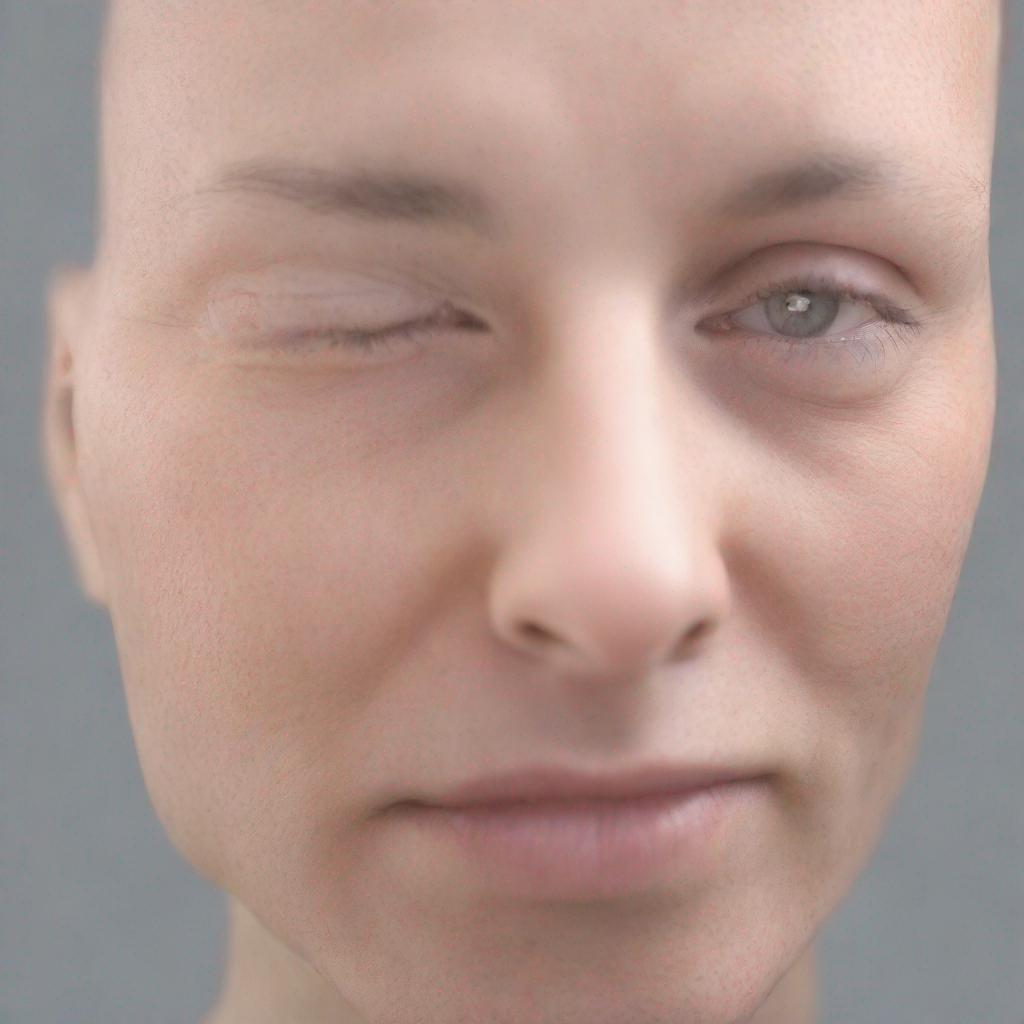**Japanese Encephalitis: A Comprehensive Guide**
**Introduction**
Japanese encephalitis (JE) is a vector-borne disease that primarily affects the **brain** and **central nervous system**. Transmitted by mosquitoes, it causes inflammation of the **brain** (encephalitis) and can manifest in severe neurological symptoms.
**Symptoms**
Early signs of JE include fever, headache, and **stiff neck**. As the disease progresses, more severe symptoms may emerge, such as confusion, **seizures**, **paralysis**, tremors, and even **coma**.
**Diagnosis**
Diagnosis involves a physical exam and laboratory tests. Blood tests can detect JE-specific antibodies, while **lumbar puncture** (spinal tap) analyzes cerebrospinal fluid for inflammation. **Electroencephalography** (EEG) can assess **brain** activity and identify abnormalities caused by JE.
**Treatment**
Treatment for JE focuses on supportive care to manage symptoms. Antiviral medications can help suppress the virus, and intravenous fluids and respiratory support may be necessary. Severe cases may require intensive care and neurorehabilitation.
**Complications**
JE can lead to serious complications, including **sequelae** such as memory loss, cognitive impairment, and movement disorders. Permanent paralysis and even death can occur in severe cases.
**Prevention**
The primary prevention strategy for JE is vaccination. Two types of vaccines are available: **live-attenuated vaccine** and **inactivated vaccine**. These vaccines stimulate the immune system to develop immunity against the JE virus.
**Vector Control**
Eliminating breeding sites for mosquitoes, the vectors responsible for transmitting JE, is another crucial preventive measure. Mosquito repellents, bed nets, and insecticide-treated clothing can also reduce exposure.
**Doctors Typically Involved**
Infectious disease specialists, neurologists, and pediatricians typically diagnose and treat JE patients. **Neuroinflammation**, the body’s inflammatory response to brain injury caused by JE, is often managed by neuroimmunologists.
**Epidemiology and Pathogenesis**
JE is prevalent in Southeast Asia and the Western Pacific. The JE virus infects **microglia** and **astrocytes**, specialized cells in the **brain** that contribute to immune responses and regulate nervous system functions. This inflammation disrupts **brain** activity, leading to the neurological symptoms associated with JE.
**Prognosis**
The prognosis for JE depends on the severity of the infection. Most patients recover within a few weeks, although some may experience long-term neurological impairments. Early detection and prompt treatment can improve outcomes.
**Conclusion**
Japanese encephalitis is a potentially serious neurological disease. By understanding its symptoms, methods of diagnosis, prevention strategies, and treatment options, we can effectively combat its spread and improve patient outcomes. Vaccination and vector control measures are crucial for reducing JE’s impact on public health.




